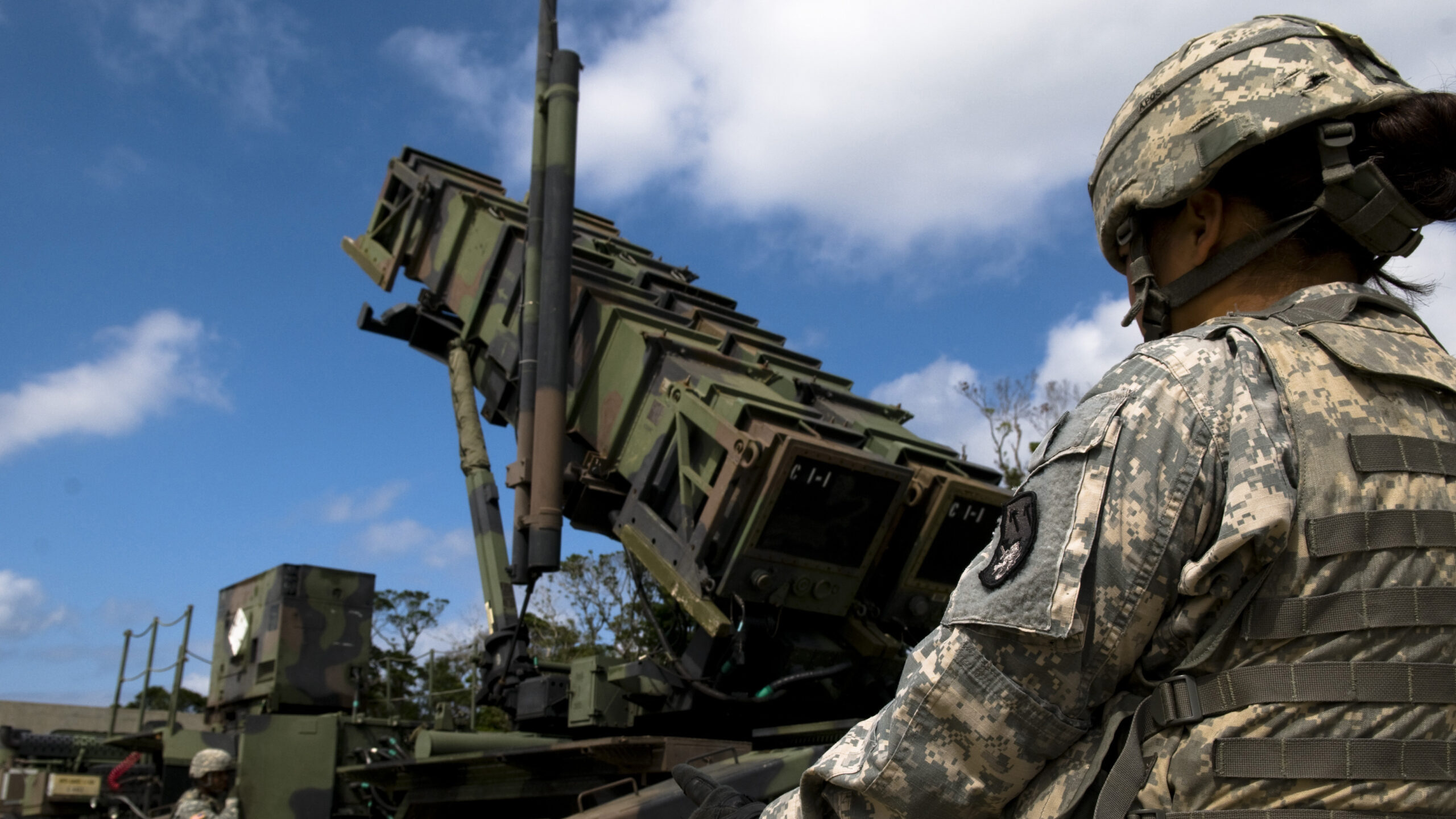
Kadena Air Base, Japan hosts the largest combat wing in the Pacific and includes U.S. Air Force, Army, Navy and Marine Corps assets. (DVIDS)
WASHINGTON: The US Army doesn’t have enough missile defense capabilities at its bases in the western Pacific as threats loom not just from China, the commander of US Army Japan recently said.
Though US officials were spooked by a Chinese orbital hypersonic missile test this summer, Maj. Gen. Joel Vowell only mentioned China “building more capabilities” every day as a bullet point on his list of worries.
“North Korea is developing more of their program for nuclear capabilities,” he told a Defense One conference Tuesday. “And then Russia has an intention to keep us out of the region too. So I believe they’re looking at the same thing with producing more coastal defense cruise missiles that would keep us out of the northern parts of the Indo-Pacific potentially, or target US or Japanese forces, or hold us at risk at least, with those capabilities.
“So I don’t think we have enough right now. I think we need more. As the commander of US Army Japan, I think that would be something I would champion for is more integrated air and missile defense protection in the first island chain, for certain.”
Related: Wormuth: Here’s the Army’s role in a Pacific fight

Maj. Gen. JB Vowell, U.S. Army Japan commanding general, at the Yama Sakura 81 opening ceremony at Camp Itami on Dec. 5.
In Japan, Vowell said that the US has Patriot missile batteries that detect, track and intercept ballistic missiles coming from Asia, and he noted that the Japanese self-defense forces also have missile defense capabilities, including the Patriot missile system. But in 2020, Japan canceled the deployment of two Aegis Ashore ballistic missile defense systems after receiving heavy pushback from local communities.
The US Army is currently testing the Israeli-made Iron Dome interceptor on Guam in an effort to gather more data on how effectively the missile defense platform can integrate into the US’s current missile defense technology in the region, according to a November story from Pacific Daily News.
Vowell said the Iron Dome system “addresses a different type of missile and I think our tests at Guam are designed to prove in principle what that can do.”
As part of the Pentagon’s larger “Pacific pivot,” the US Army is also developing new long-range precision fires capabilities with an eye toward the Pacific as part of its vast modernization effort. And the service toyed with integrated air and missile defense with the joint force at this year’s Project Convergence exercise in Yuma, Ariz.
Back in Washington, lawmakers are beefing up the military’s spending on Indo-Pacific needs. In its compromise fiscal 2022 National Defense Authorization Act released Tuesday, Congress included a $7.1 billion authorization for the Pacific Deterrence Initiative, $2 billion more than the department’s budget request. The bill passed the House Tuesday night.
Move over FARA: General Atomics pitching new Gray Eagle version for armed scout mission
General Atomics will also showcase its Mojave demonstrator for the first time during the Army Aviation Association of America conference in Denver, a company spokesman said.


























